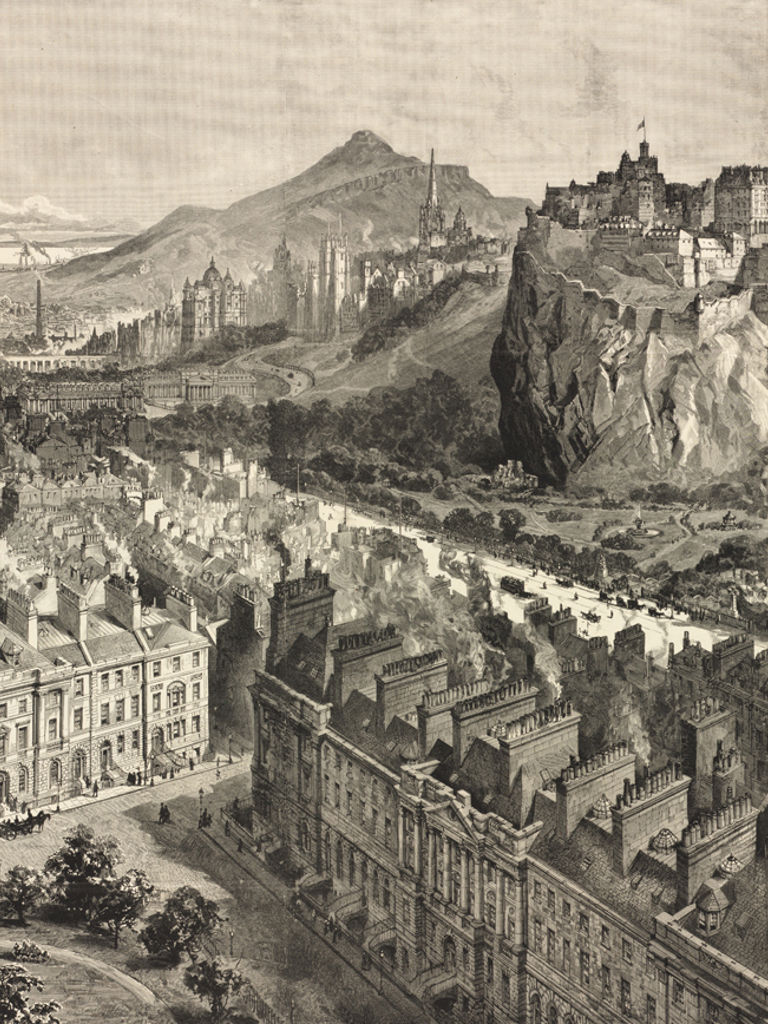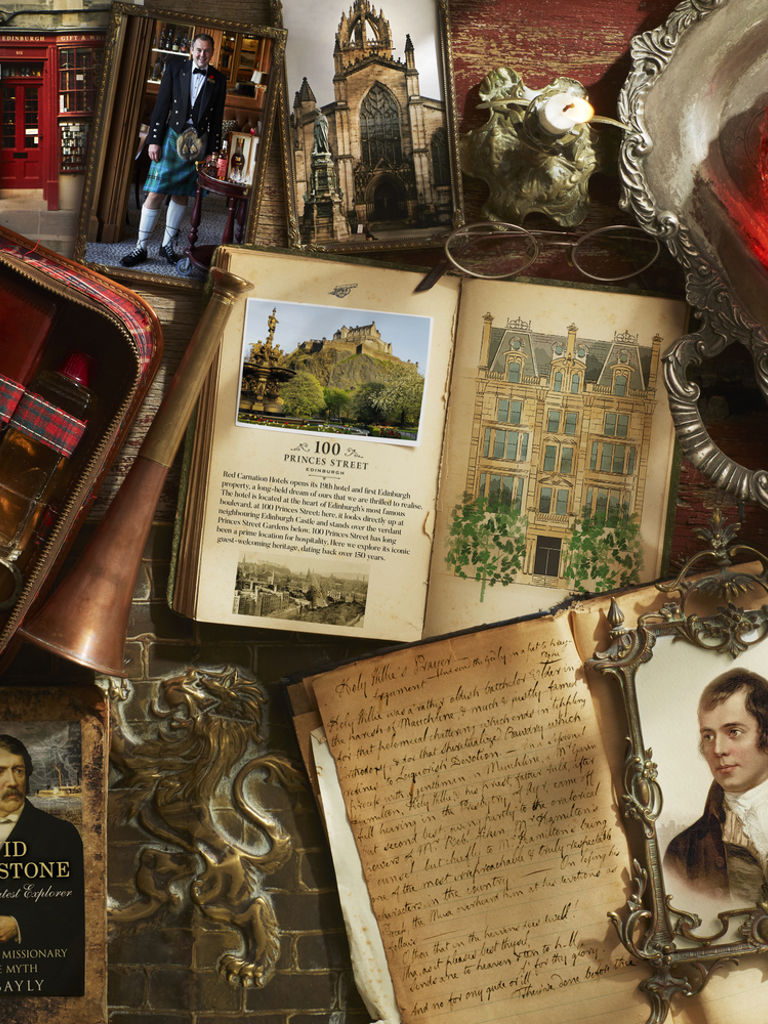
A warm welcome for explorers past and present
Historian Jo Woolf recounts the history of 100 Princes Street and the appeal to past and present explorers.

Historian Jo Woolf recounts the history of 100 Princes Street and the appeal to past and present explorers.
Learn more about our 100 Princes Street development, opening April 2024...
Discover more